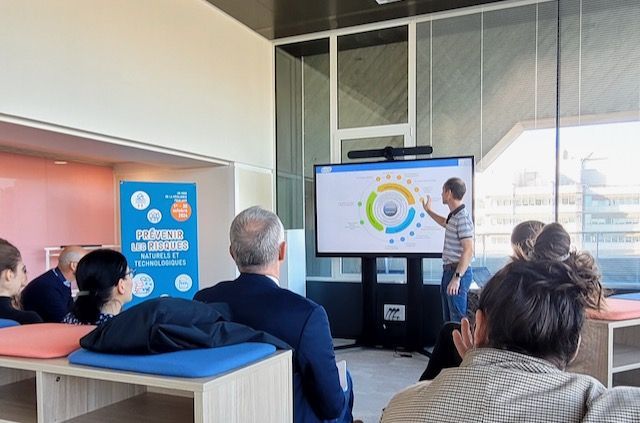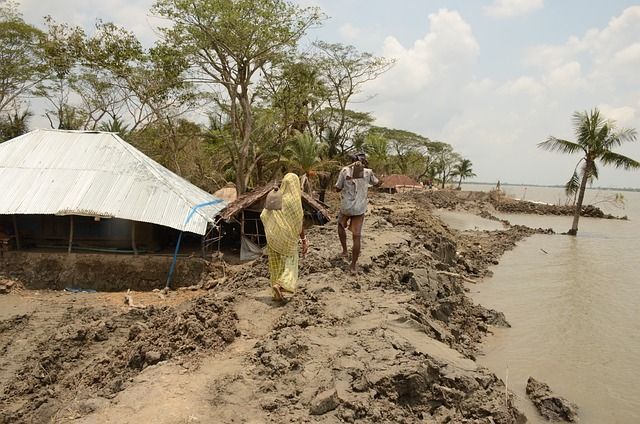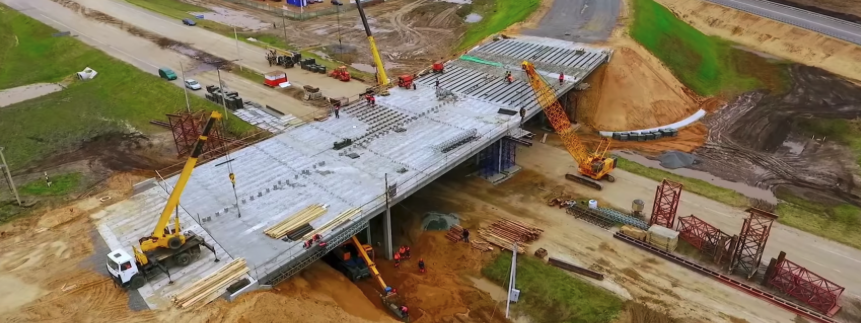Understand decision options with Decision Trees
- By florian.glinserer
- •
- 27 Feb, 2019
- •
An important part of a Risk professional’s job is to help people make good, risk-informed decisions.
Have you used Decision Trees before? They have been around for decades, and they stand the test of time (for an example of their longevity, read this Harvard Business Review article dating from 1964). Creating a Decision Tree when you need to review various options can help you understand, in a visual way, the “choice paths” available to achieving your objectives. It can help you work out what your decision paths are when you face several possible courses of action, and to understand how different scenarios could occur, in order to determine the best decision to make.
The visualisation of decision-making makes a Decision Tree a useful tool to see the uncertainty we face. Picturing possible outcomes in a Decision Tree can help us assess our degree of comfort in different outcomes occurring (which relates to what we see as our risk appetite).
If you have data to support different decision options, you can include this data into a Decision Tree. IT-based Decision Tree tools such as Palisade’s Precision Tree can assist you to quantify outcomes of different paths, which can help you to understand the magnitude of these outcomes.
For more information about Decision Trees, feel free to get in touch to have a discussion.

We held very interesting in-person discussions about how my Urban 2.0 framework and system can be used by cities and towns around the world, and also the release of the UNDRR Global Assessment Report, Special Report 2024, which I was delighted to contribute towards.
The municipality of Bordeaux is continuing to pursue some excellent work in urban resilience, which I will be profiling in due course...

Almost half of Small Island Developing States' (SIDS) populations reside in urban areas. Research into urban resilience and urban planning tends to focus on cities in large nations, and only a relatively small amount of specific research on SIDS cities currently exists. However, much of the general urban resilience research is applicable to SIDS, as long as context is considered.
This paper focuses on ways to implement measures that will foster resilient and dynamic cities in SIDS. Ensuring good policy action to build, maintain and continuously improve these cities is key to achieving sustainable development and resilient prosperity as set out in the Outcome Document of the Fourth International Conference for Small Island Developing States (SIDS4).

With growing challenges like climate change, debt burdens, and dwindling resources, they desperately need an actionable, doable, and ambitious roadmap for the next decade. 2024 is an important year for SIDS, with the SIDS4 conferencetaking place in May.
You can access details about the Forum on the Island Innovation website, here.


You can read edition #1 here. This first edition is an introduction to our work, containing a summary of some of the work we are undertaking, links to case studies and interviews with people about different aspects of avoiding disasters.


We held a very interesting in-person round table discussion with citizens about how disasters can be avoided.
The municipality of Bordeaux is pursuing some excellent resilience work, which I will be profiling in due course...

We reviewed approaches being taken to prevent hazards from turning into disasters, including examples and how innovation is helping countries, cities and communities prevent adverse fallouts from hazard events.
You can access the webinar and download all presentations here.


The December 2022 edition, which covers a wide variety of infrastructure-related topics, is available here...
